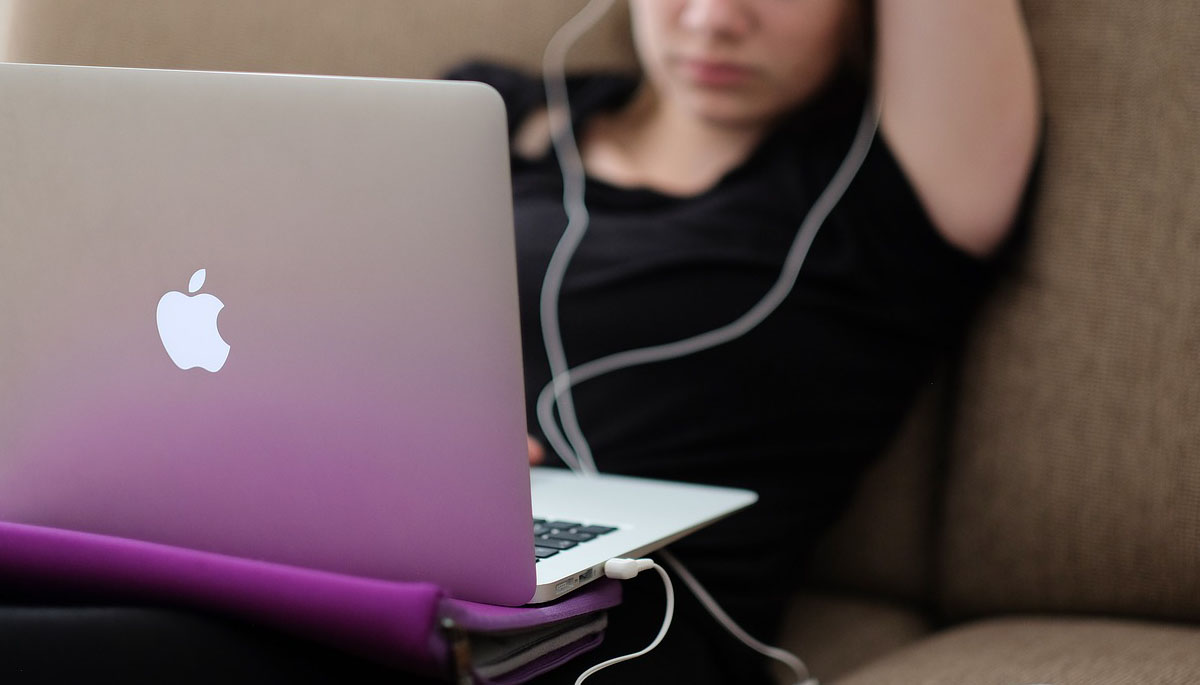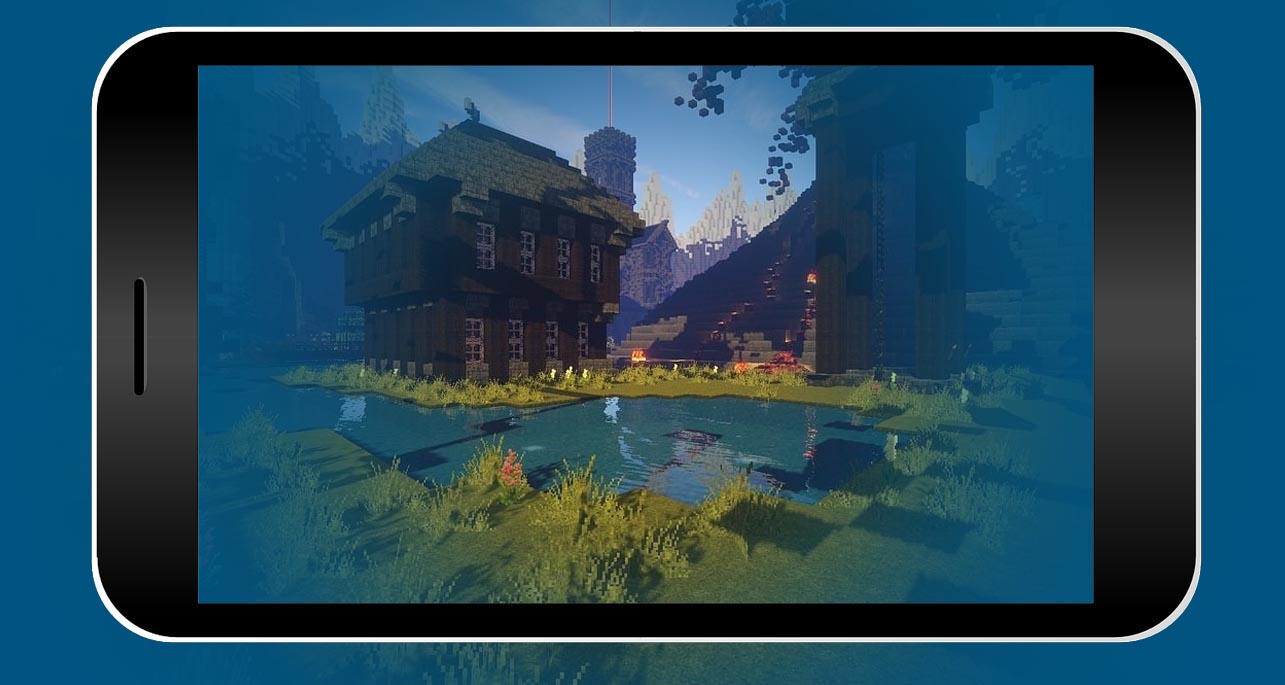Windows users find the black screen of death (BSOD) a nightmare. It can feel like your computer is broken, and for MacBook users, the screen can go black as well. To solve this problem, read about the possible causes why my Macbook screen goes black randomly and corresponding solutions below:
Table of Contents
Macbook Black Screen Causes and Solutions
The reason why your MacBook’s screen randomly went black could vary on a case-to-case basis. We have picked up most common problems and their solutions. These include:

Drained battery or other power issues
- Problem: Power issues are actually the most common reason why Macbook screens go black. If you’re lucky, the only reason why the screen went black is due to a drained battery. Sometimes, a bad battery or faulty cable could be the culprit.
- Fix: Drained battery only requires a good recharge, but faulty parts (cable or batter) may need replacement so make sure to check your charge cables if they’re loose or damaged. See if the indicator light is turning on and if you’re hearing any noise. If not, this might mean the Macbook just ran out of juice. If it boots up normally after recharging, check the battery cycles (About this Mac>System Report>Power) and see if the battery condition is “normal.” If not, you need to replace the battery.
Display problems
- Problem: If the fan works and you hear the noise of the hard drive during bootup, but you still get a black screen, it means that the computer has turned on, but the display didn’t.
- Fix: What you can do is reset the SMC (Systems Management Controller), which controls the Macbook’s keyboard, temperature, fan, and display. To do this, turn off your macbook and unplug it for 20 seconds before you plug it back in again. With the power still turned off, press Shift+Option+Control+the-power-button in one go. Release the keys and wait for the Mac to boot up.
Incorrect Disk Permissions or Broken Login Items
- Problem: Disk permissions that are incorrect cause a black screen. This is the same with apps that sneak into the mac’s auto startup list without your consent, which correspondingly affects the Macbook’s bootup.
- Fix: Check the permissions and see if the users and system processes are accessible. You can be sure if the problem is suspicious login items if you check it with a tool like MacMaster. This tool checks all plugins and apps (both built-in and the ones you’ve downloaded and installed yourself), then enable or disable them automatically with just one click. This should be able to remove black screen and let your Mac to book normally after restarting.
MacOS Operating System issues
- Problem:Compatibility issues with your Mac’s operating system (or bugs in the MacOS) could sometimes cause the unwanted black screen.
- Fix: If you tried to hard reset, and other options, you might be forced to do a clean install of macOS. This is a last-effort solution, since it would wipe out your operating system and you’ll restart from scratch again. For those who backup their files and apps regularly, this method shouldn’t be a big deal. If this is the only option you have, get your files and folders backed up before reinstalling macOS.
Other Methods of Fixing Macbook Black Screen
If you have no idea what is causing the black screen or facing screen flickering issue, then you could also try one of these methods:
- Boot into Safe Mode – If an app, program, plugin or other services are having issues, and they’re included in the startup, it might be causing your Mac into black screen. To skip the process, you can boot into Safe Mode by powering down your Mac completely. After 20 seconds, power it back up and immediately hold down the Shift key as the Mac boots up. Release once you see the login window. Login using your credentials and click “Safe Boot” on the pop-up window.
- Reset the NVRAM/PRAM – To do this, hold the power button for at least 5 seconds, which should shut down your Mac. Press the power button followed by holding down Command+Option+P+R. Only release once you see the Apple logo on the screen, or hear startup notifications. The Mac should be able to boot normally now, even if some settings might be lost due to the process.
- Try a known sequence – To do this, press the power button once (this should pop up the shutdown dialog box, but since you can’t see it, you just have to image it’s there). Press “S”, which commands your Mac to sleep. Hold the power button to force a hard shutdown. Only press the power back up after 15 to 20 seconds.
- Unplug accessories and peripherals – Sometimes, it can be as simple as an incompatible external device. While it can be time-consuming to find which device is causing the black screen, you should definitely try to unplug your mouse, keyboard, headset, printer, speakers, and other devices one at a time.
Black screens can be downright scary or annoying. Fortunately, many people have experienced this and shared the solutions that have worked for their Macbooks. I hope the methods above worked for you. If all else fails, seek a professional to have your Mac fixed.





